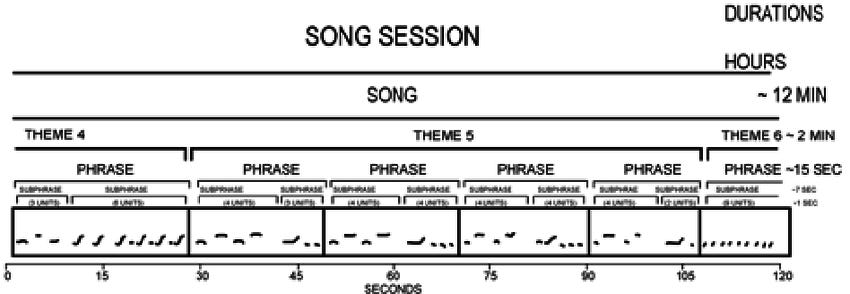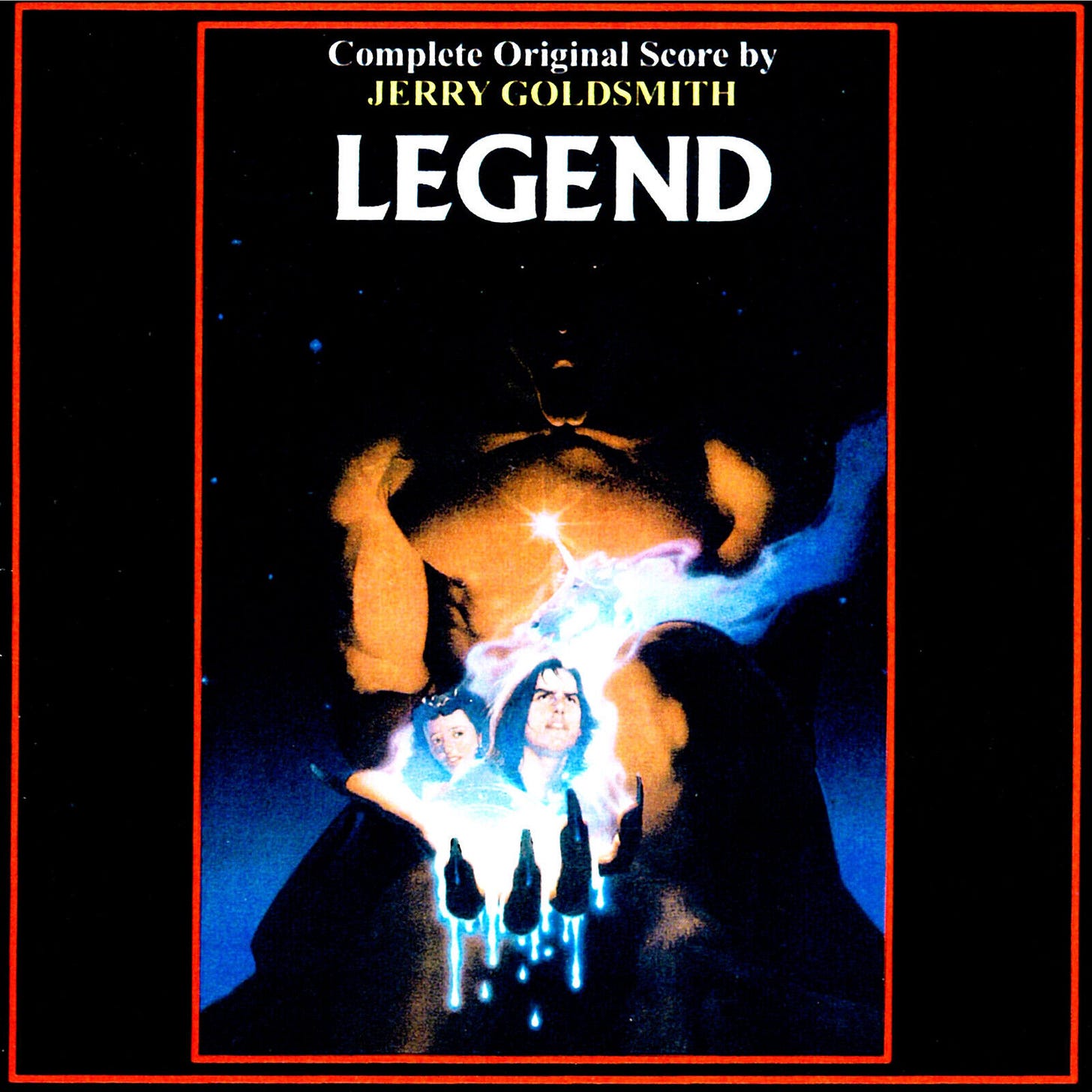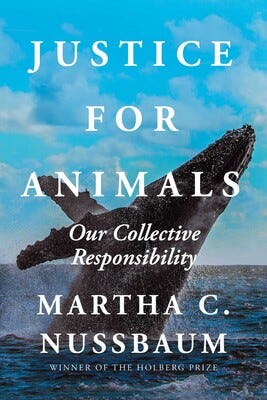1.
You have never taken recreational drugs – instead you’ve always relied on music as a way to achieve altered states of consciousness. Music works as a dopamine-delivery vehicle to change your mood and mindset.
Of course, your tastes have changed over the years. You haven’t stopped listening to the favorite post-punk bands of your adolescence, but you’ve expanded the range of sonic experiences to explore. Sometimes you just don’t want a singer’s voice intruding in your head.
Wordless instrumental music opens up the mind’s horizons. So in recent years you find yourself listening to contemporary film scores.
You started initially with symphonic Hollywood classics from John Williams, Jerry Goldsmith, and John Barry. But these days you mostly listen to younger composers who often use a mix of electronic and orchestral instruments.
An example is the score for the 2016 movie Arrival, created by Johann Johannsson. In that film Amy Adams portrays a linguistics professor shaken out of her malaise by the urgent need to communicate with an alien species.
Johannsson's score is deliberately strange, using violins, synthesizers, and distorted choirs to provide an uncanny yet comforting aural cocoon for the listener.
2.
When the ancient hippo mammals that were the ancestors of whales went into the ocean, their ears slowly moved further within their head and adapted to hear sounds underwater. Sound vibrations travel much better in water, and whales can hear over hundreds of miles.
Vision is extremely limited in the ocean depths, so whales are accustomed to listening to an environmental soundtrack without images. Whalesongs travel vast distances – members of a pod may be dozens of miles from each other, yet still in constant communication.
3.
You move through your day listening to film soundtracks. The specific music selected can set the tone for the whole day: the majestic 2017 Wonder Woman score adds purpose to your morning yoga session, as its electro-cello solo jolts you awake.
For the HBO historical miniseries Chernobyl the composer Hildur Gudnadottir first traveled to an abandoned power plant to record the ambient sound of wind and rain within the vast industrial ruins. This became the basis for her eerie atmospheric score that also serves as a solemn elegy to the dead.
Profound music gives you access to a worthier version of yourself. If the music has gravitas then perhaps you do also, once immersed in it. The trivial chattering in your head all goes away.
Scores provide a soundtrack to your Awareness, that observer-presence that seems most likely to be your true self (whatever that might mean).
4.
Researchers have analyzed thousands of hours of recorded whalesongs, and identified common structural elements.
Like a symphony, an individual whalesong may consist of three or four separate themes braided together. Each theme is composed of smaller phrases, which in turn consist of units that sound to us like yelps, whistles, moans, clicks, or bellows. A full song might last for 30 minutes before the whale surfaces to breathe and then, after diving, starts the entire complex song over again.
5.
You may have acquired the “personal soundtrack” concept from playing videogames. Game music is designed explicitly to make you the hero of the adventure. The millions of people who have played first-person POV games such as Myst or Halo will recall the soundtrack music as the score to their personal adventures, their own unique hero’s quest.
The adrenaline-driven aesthetics of videogames have also influenced recent movie scores. The soundtracks for the various John Wick films don't have any traditional melodic themes – instead the music toggles between loops of ominous droning and pulsating beats, just like those from an action videogame.
Yet the tuneless Wick music fulfills its purpose, perfectly synchronized to the film's alternating passages of taut suspense and combat choreography.
6.
The largest ear-bone on the planet belongs to the blue whale, and is roughly twice the size of a human fist.
Whales also build up huge chunks of earwax, which scientists study to determine the sedimentary effects of age and pollution over the whale’s lifespan.
7.
You imagine the director’s POV on your current situation – what kind of story are they telling about you right now? Cue the appropriate music.
(If your life has an epic film score, then surely it must have meaning?)
8.
Like humans, whales also value novelty in their musical culture, occasionally updating their song repertoire. Scientists once recorded a single humpback whale inventing a new song in Australian waters, and three years later recorded a different group of humpbacks singing the new work near Ecuador. The theme had been learned by different pods of whales and then gradually transmitted across the entire Pacific Ocean.
9.
On music-discussion forums online, one of the fastest ways to start an angry flame war is to post a “John Williams or Hans Zimmer?” prompt. Williams is the Grand Old Master of film music in the traditional melodic orchestral style, while Zimmer & His Many Apprentices have completely transformed the genre over the past twenty years using new technologies.
One way to compare the differences between Williams and Zimmer is to listen to the score each has done for separate Superman films. John Williams scored the 1978 bubblegum-fun movie that made Christopher Reeves famous. He conducted the London Symphony Orchestra in a lush score that is still cherished for its rousing and celebratory themes.
By contrast, for the more somber 2013 Man of Steel reboot starring Henry Cavill as the Kryptonian hero, Hans Zimmer used waves of soaring synthesizers and apocalyptic percussion augmented by digital surround-sound effects. Both scores are excellent, but serve different purposes. The Williams theme has the audience humming along happily to the closing credits, whereas Zimmer’s sonic assault seems to have reprogrammed all the nerve cells of your body.
10.
In recent centuries there has been a catastrophic decline in whale populations due to human hunting practices and ocean pollution. In just a single year (1964) over 90,000 whales were hunted and slaughtered by humans.
In his book The Whales’ Journey wildlife researcher Stephen Martin describes how the human crew of a whaling ship heard “a calf making noises described as a ‘mournful lowing’ as it followed the carcass of its mother being towed” for miles all the way back to port.
Despite recent international regulation on hunting limits, some whale species are still on the brink of extinction today.
11.
Your beloved cat has been sick all week and you have to leave him at the vet for treatment all afternoon, fearing the worst. During the awful wait, the only music you can tolerate is David Julyan’s score for the survival-horror film The Descent – you listen obsessively, over and over. The solemn bass and the brink-of-terror cavernous echo effects perfectly reflect the purgatory of your situation. And yet it offers one climactic track with swelling synths and distant horns heralding possible salvation, which gives you grateful relief, and hope of life.
12.
Scientists are still debating the evolutionary origins of whalesong. They don’t know whether whales started singing as a mating display, for echolocation purposes, or even for aesthetic pleasure. The trait may have originated for one purpose and over time adapted for multiple uses.
13.
Psychologist Steven Pinker famously called human music “auditory cheesecake,” insisting that it served no evolutionary survival purpose, but this is a minority view among scientists. Every art developed because a species found it advantageous.
Hollywood film music is by definition a utilitarian craft - the composer is simply a hired artisan and must serve the studio’s wishes, just as the carpenters and costume designers do. Just a few years after winning the Academy Award for Best Score, Jerry Goldsmith had his orchestral soundtrack stripped from Ridley Scott’s Legend – the producers of the 1985 Tom Cruise movie decided after a test screening that Goldsmith’s romantic music was “too old-fashioned” for their target audience, and replaced it with a synthesizer score.
For you also, film music must serve a specific purpose. Throughout history different cultures have had the concept of a personal “guiding spirit” – for the Greeks it was a daimon, for Florentines it was a genius, for Christians a guardian angel. You have adopted music scores as your inspirational daimon, to raise you to your highest virtues.
14.
In 2018 The New York Times invited key philosophers to write essays in response to the question “What is it to be Human?” Martha Nussbaum, professor at the University of Chicago, responded that the question was too narrow-minded: “Let’s rekindle and extend our sense of wonder by asking instead: “What is it to be a whale?” Then let’s go and observe whales as best we can… Let’s strive for an era in which being human means being concerned with the other species that try to inhabit this world.”
15.
In the Arrival storyline, Amy Adams’ linguist finds her entire life-perspective altered by her encounter with the alien species. Johannsson’s score seems to mimic whalesong bellows during these interactions to convey an intelligence utterly different from our own.
You feed your cat (now fully recovered) before leaving the apartment, wearing your headphones on the rainy city streets – immersed in the cinematic music that vibrates through the dark waters.
CODA:
After Arrival was a critical and box office success, Johannsson started scoring the same director’s next film, Blade Runner 2049. But after a year of hard work this new score was rejected as "too experimental," and Johannsson’s work was replaced with a Hans Zimmer soundtrack. A few months later, in February 2018, Johan Johannsson died of an accidental cocaine overdose, at just 48 years of age.












